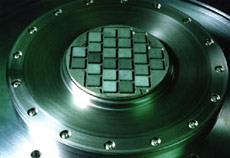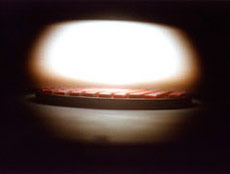
CVD Diamond Synthesis
It's now possible to manufacture up-to-10-carat, perfect, colorless, clear, gem-quality diamonds in a process called chemical vapor deposition. Obviously, it's worth learning more about.

Each of the videos below relate to the process known as CVD with respect to diamond synthesis.
Diamond Labs (BBC Horizon Documentary)
Synthetic Diamonds - YouTube
How its made - Cultured Diamonds - YouTube
Growing Synthetic Diamonds - YouTube
Apollo Diamonds Part 1 of 2 - YouTube
Apollo Diamonds Part 2 of 2 - YouTube
Originally posted by Wikipedia
Cheers,
Berg
_____________________
Recommended Reading: The Quantum Key



Comment